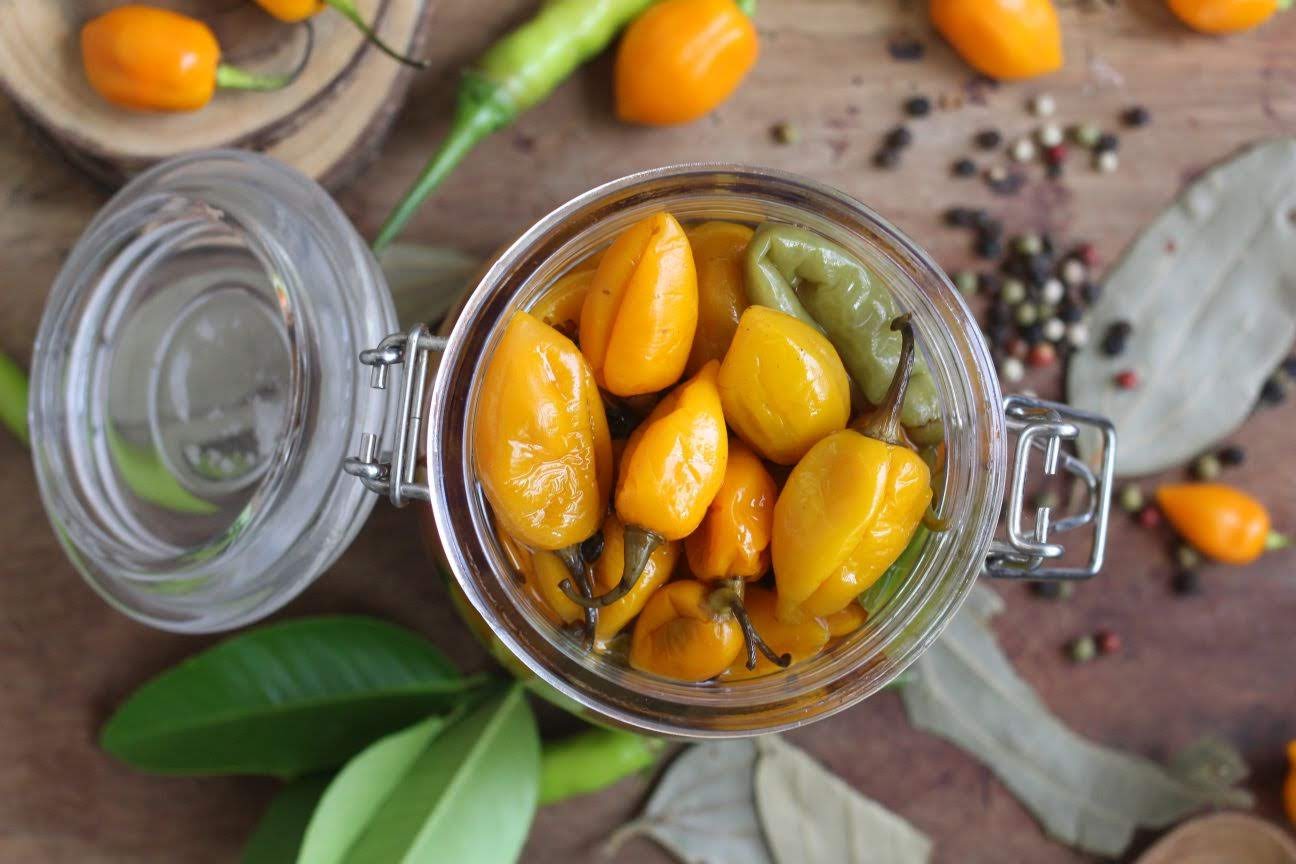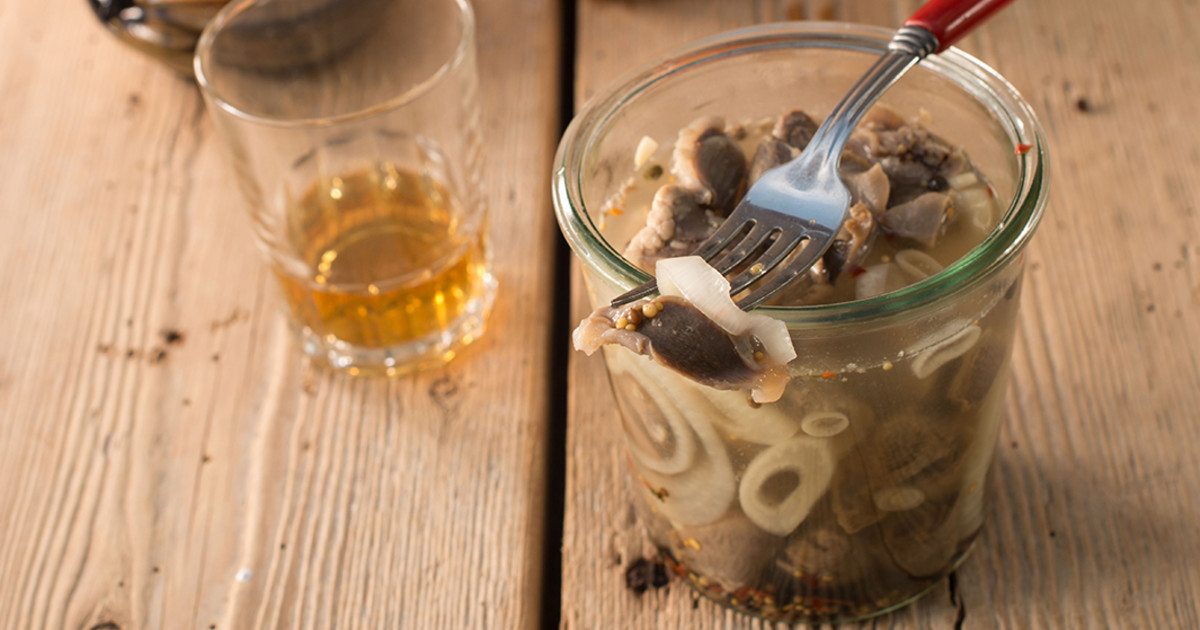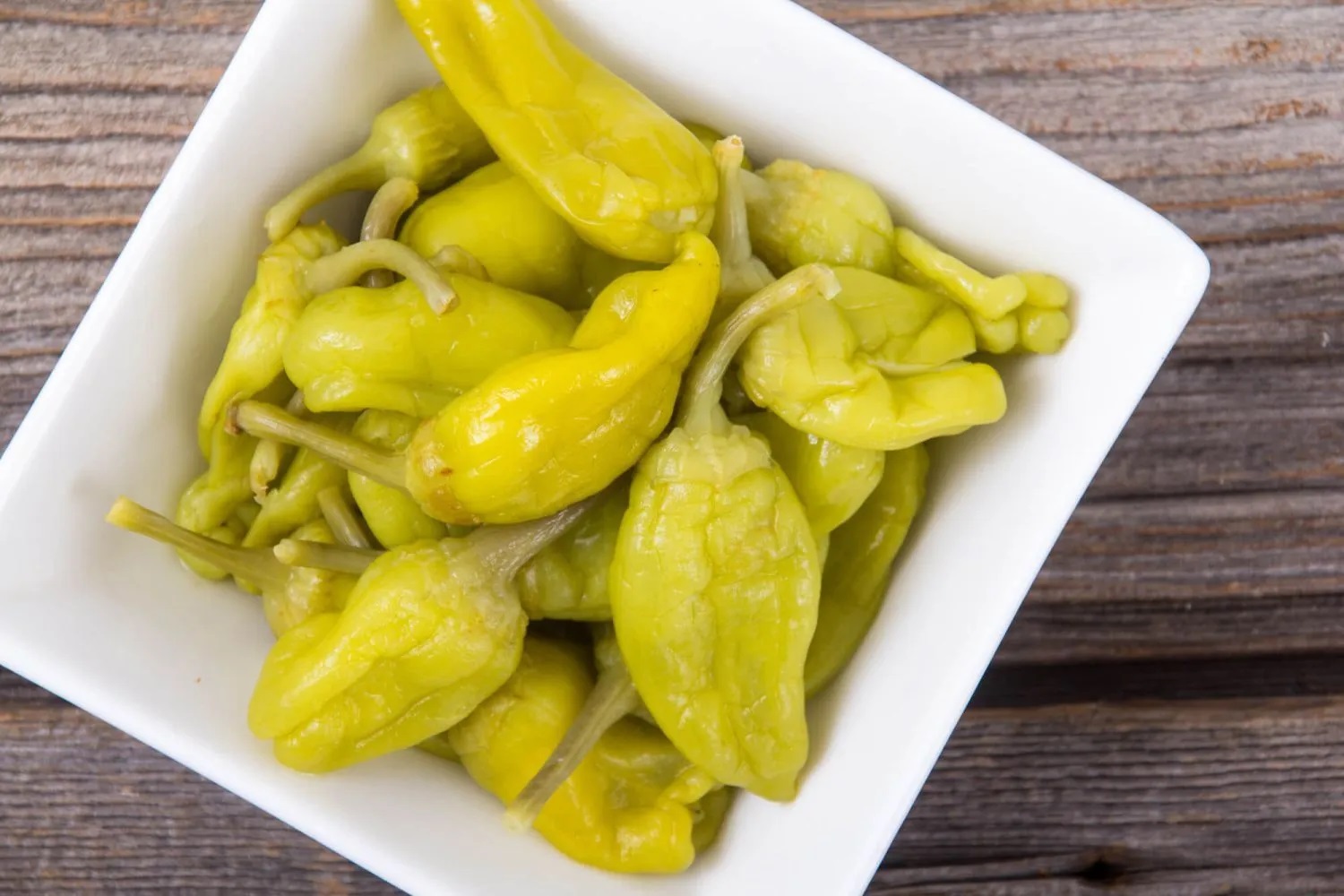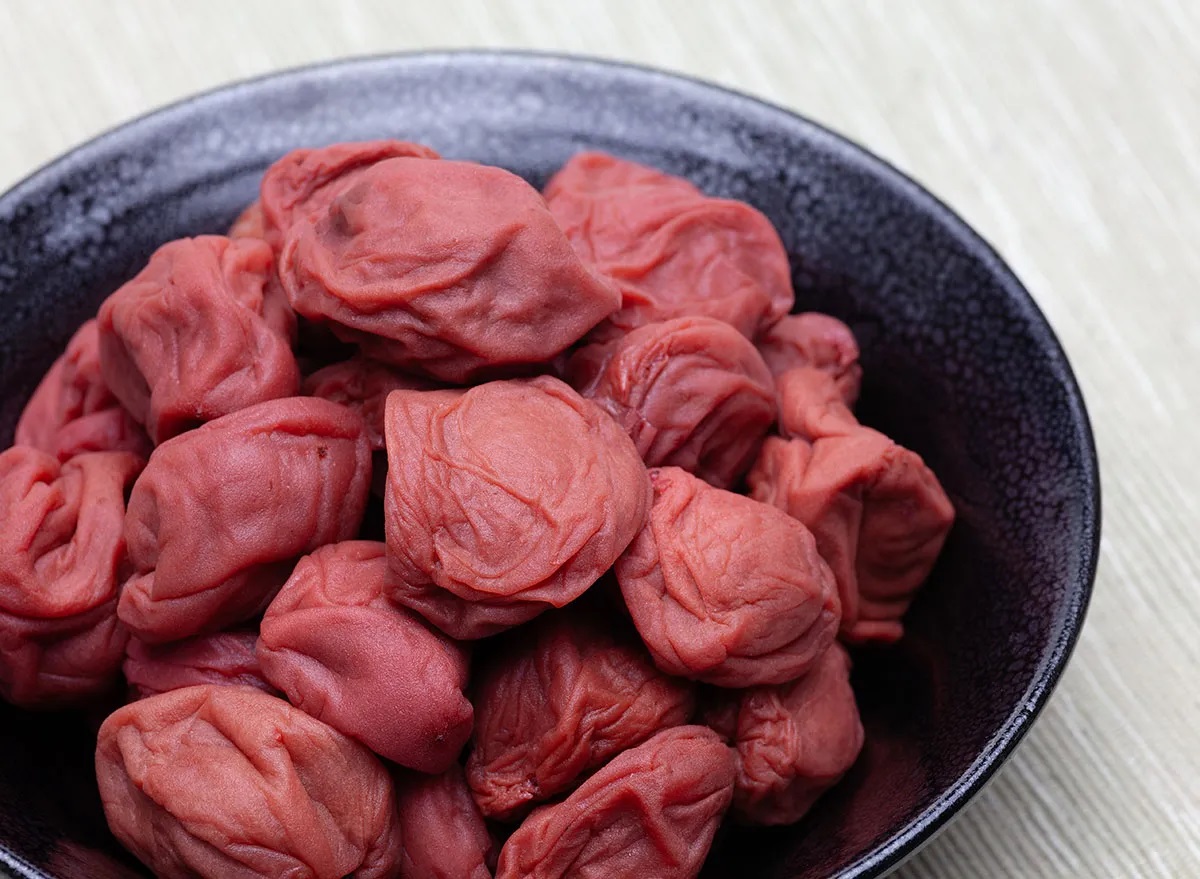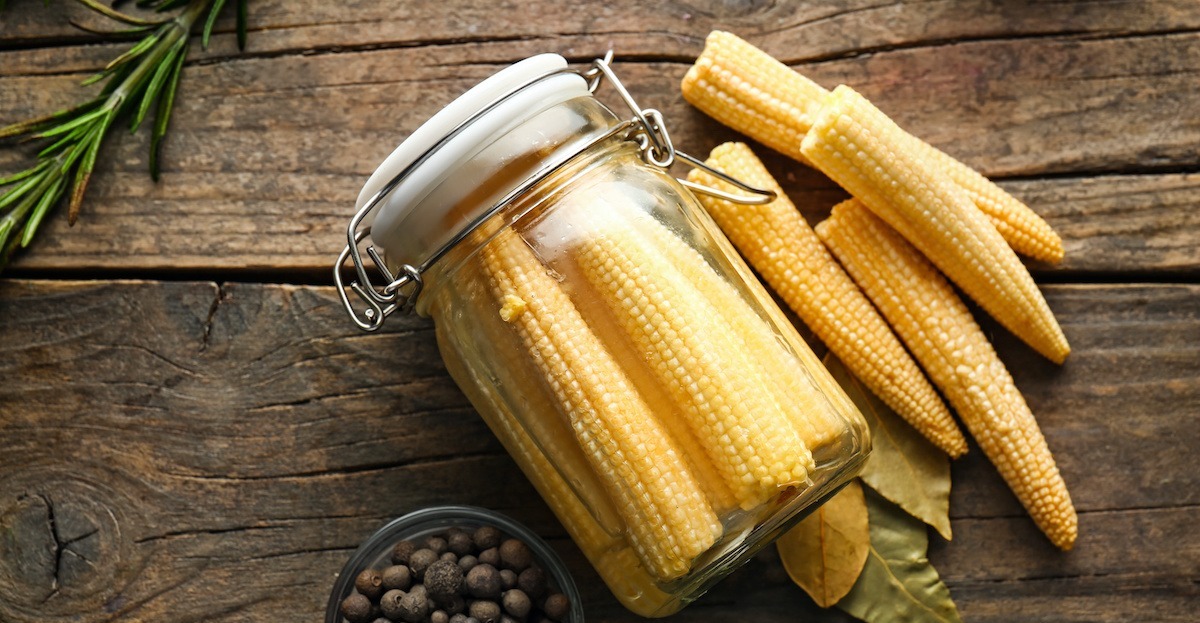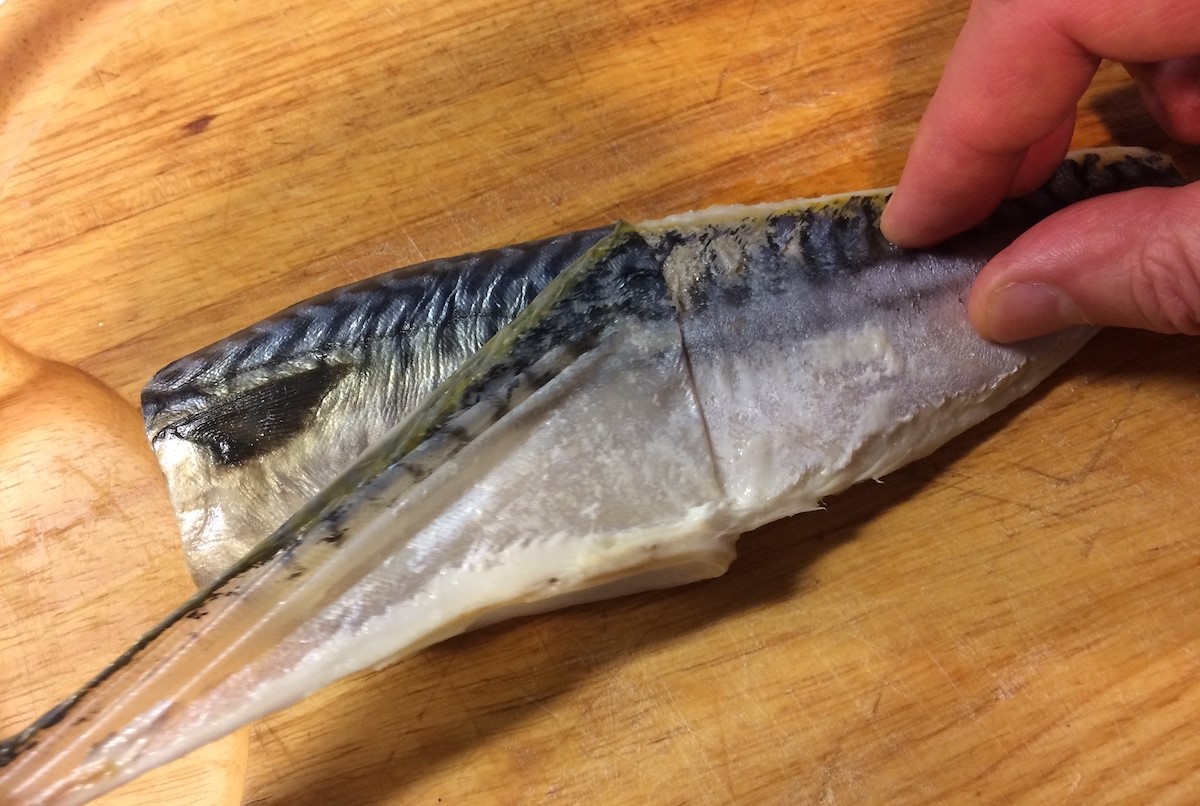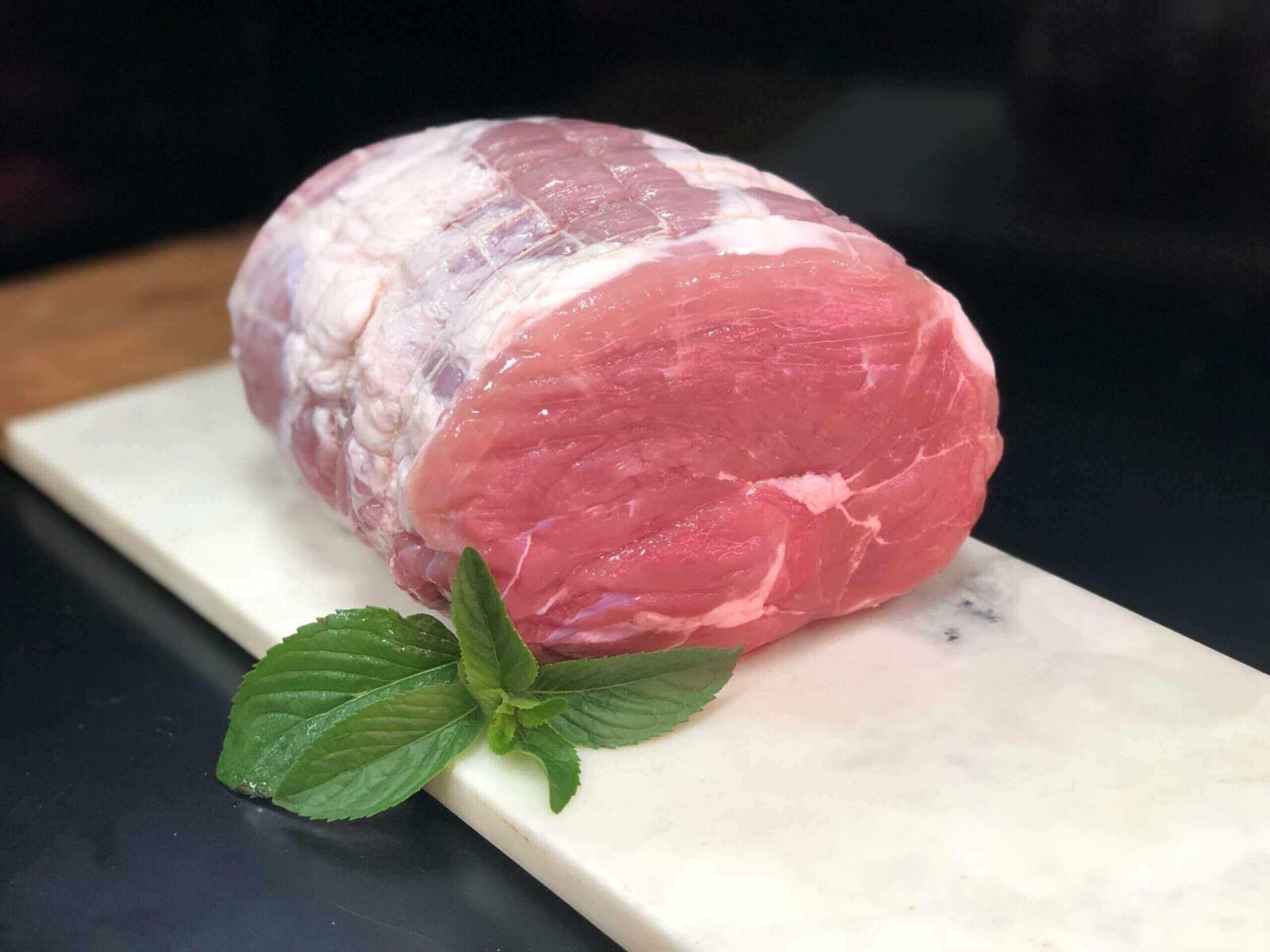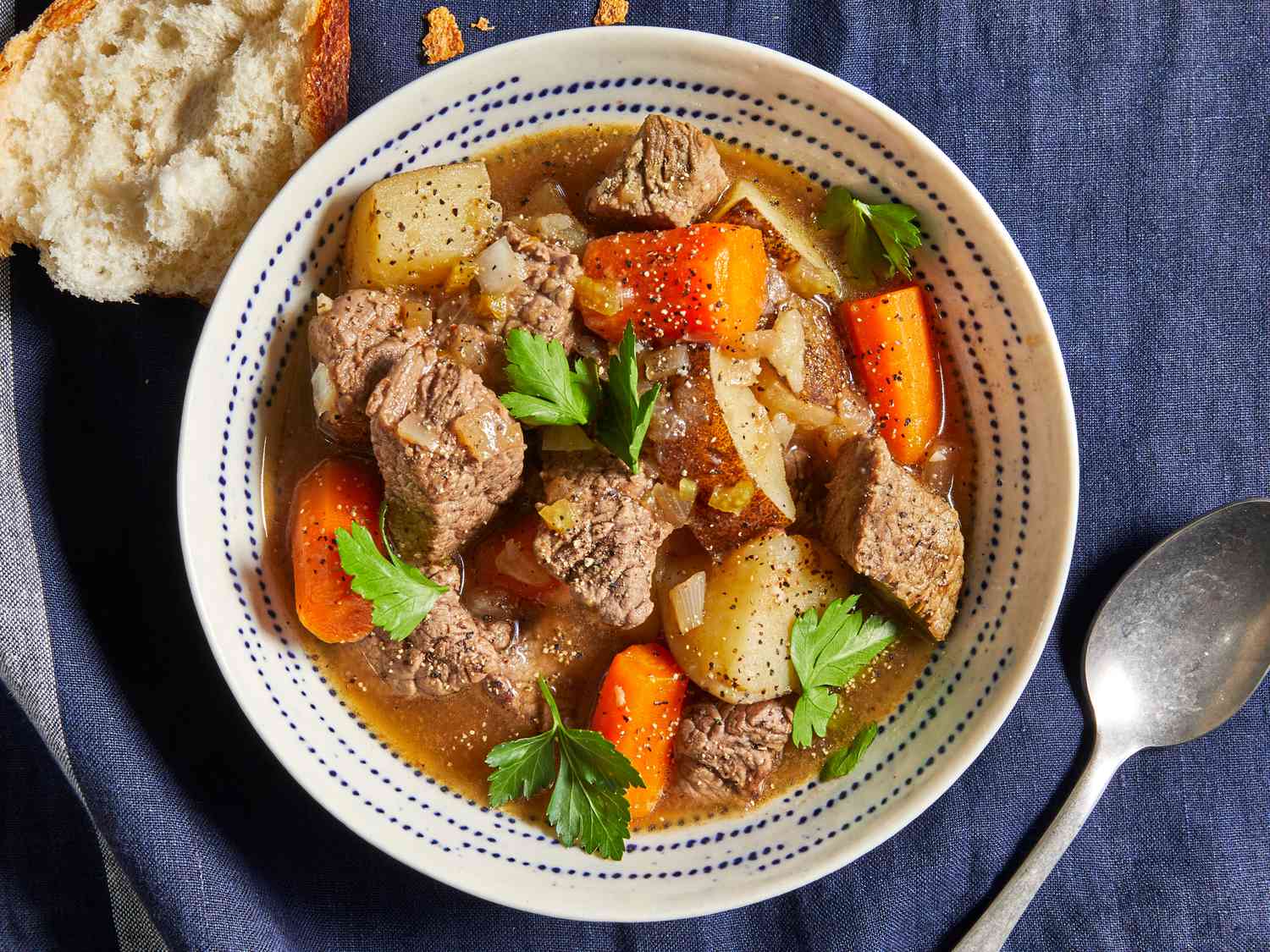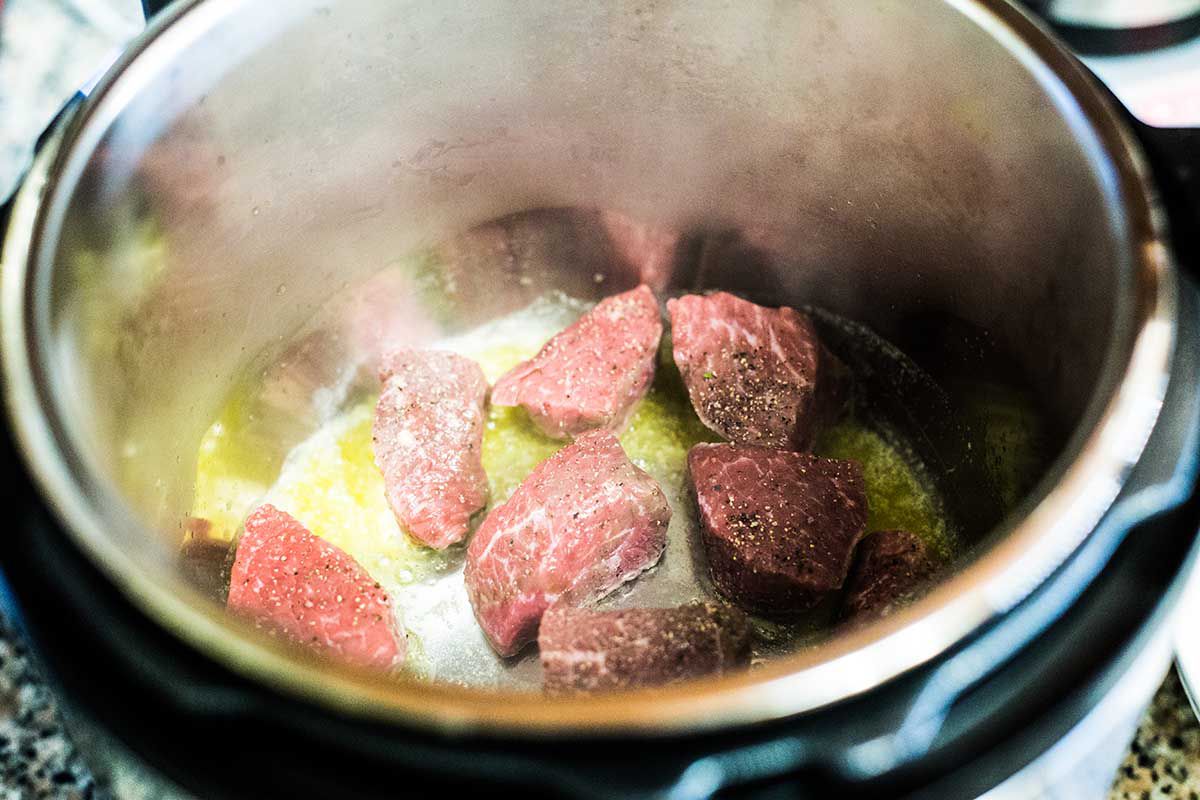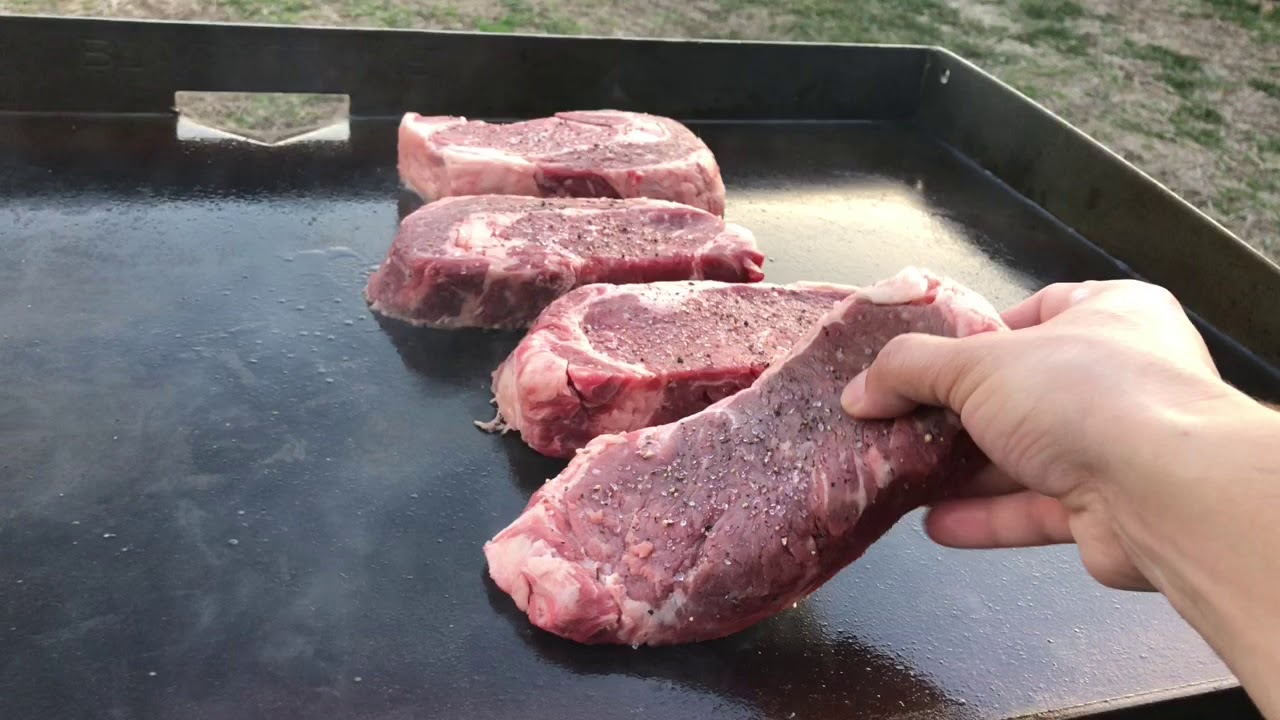Preserving the Freshness: A Guide to Pickling Shiso Leaves
Welcome to our guide on how to pickle shiso leaves! Shiso, also known as perilla, is a popular herb in Japanese cuisine, known for its unique flavor and vibrant color. Pickling shiso leaves is a wonderful way to preserve their freshness and enhance their taste. In this guide, we will walk you through the simple steps to pickle shiso leaves at home.
What You’ll Need:
- Fresh shiso leaves
- Rice vinegar
- Sugar
- Salt
- Airtight glass jar
Step 1: Prepare the Shiso Leaves
Start by carefully washing the shiso leaves to remove any dirt or debris. Pat them dry with a clean kitchen towel or paper towel. Inspect the leaves and discard any that are wilted or discolored.
Step 2: Make the Pickling Solution
In a small saucepan, combine rice vinegar, sugar, and a pinch of salt. Heat the mixture over low heat, stirring until the sugar and salt are fully dissolved. Allow the pickling solution to cool to room temperature.
Step 3: Pack the Shiso Leaves
Take the clean, dry shiso leaves and pack them tightly into a clean, airtight glass jar. You can layer the leaves, sprinkling a little bit of the pickling solution between each layer to ensure even flavor distribution.
Step 4: Pour in the Pickling Solution
Once the jar is filled with shiso leaves, carefully pour the cooled pickling solution into the jar, ensuring that the leaves are fully submerged. Seal the jar tightly with a lid.
Step 5: Let the Flavors Develop
Place the sealed jar of pickled shiso leaves in the refrigerator and allow the flavors to develop for at least 24 hours. The longer the leaves sit in the pickling solution, the more flavorful they will become.
Step 6: Enjoy Your Pickled Shiso Leaves
Once the pickled shiso leaves have had time to develop their flavor, they are ready to be enjoyed! Use them as a flavorful garnish for rice dishes, sushi, or salads. The pickled shiso leaves can also be added to cocktails or enjoyed as a tangy snack.
Now that you know how to pickle shiso leaves, you can enjoy the unique flavor of this versatile herb for weeks to come. Experiment with different seasonings and enjoy the delightful taste of pickled shiso leaves in your favorite dishes!
Happy pickling!
For those eager to put their pickling skills to use, there are some standout recipes that shouldn't be missed. The Pickled Shiso Leaf Sushi Rolls are a delightful way to incorporate these tangy leaves, adding a burst of flavor to each bite. For a refreshing twist, the Pickled Shiso and Cucumber Salad offers a crisp and vibrant dish perfect for any meal. If you're in the mood for comfort food, the Pickled Shiso Leaf Udon Noodles combine the savory broth with the unique taste of shiso. Adventurous cooks will enjoy the Pickled Shiso and Beef Tataki, where the pickled leaves complement the seared beef perfectly. Lastly, the Pickled Shiso Leaf Tofu Stir-Fry makes for a quick and nutritious weeknight dinner, showcasing the versatility of this pickling technique.
Was this page helpful?
Read Next: How To Pickle Celeriac
